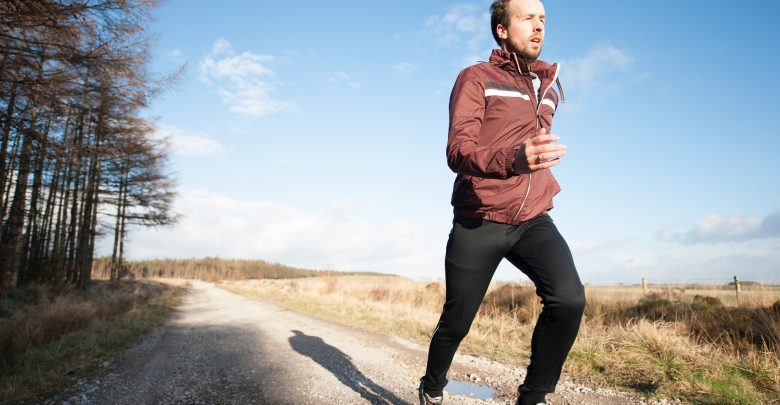Running should be an enjoyable and stress-free activity. Many runners experience pain and discomfort because of wrong gear, form, and hydration. Read about the most common mistakes made by runners and how to fix them!
Shoes
Many runners have a favorite pair of running shoes they don’t want to give up. That comfortable, broken-in pair of shoes can be hard to give up. Running shoes need to be discarded (for running purposes) every 300-400 miles, depending on weight and where you run. Heavier runners (over 160 pounds) should change earlier than lighter runners, and outside/trail runners should change shoes at an earlier mileage than treadmill runners.
Also, make sure that you are wearing shoes that fit properly. Some runners have specific wear or strike patterns that can cause pain. However, these problems can be easily addressed by ensuring your shoes are the right fit. Learn how to purchase the proper athletic shoes here. Changing and wearing the correct running shoes is essential to avoiding the most common running injuries such as knee, hip and other joint problems.
Happy Feet
There’s no doubt that races are exciting and exhilarating experiences. Almost all runners have a story about starting a race at a faster pace because of the excitement and anticipation. Inevitably, they hit a wall somewhere along the way and are zapped of their energy. The best way to prevent a runner’s crash is to be aware of your pace before the race starts and start slower than usual. This way, by the middle of the race, you will have plenty of energy to finish off strong. Also, it’s best to start off in the middle or back of the corral. This way you aren’t tempted to keep up with speed demons.
Overstriding
Overstriding is when runners land on their heel, with the entire foot ahead of the body’s center of gravity. This type of stride seems to be a good way to increase speed, but in reality, it slows you down. Overstriding wastes precious energy since with each foot strike, there is a braking motion. It is also one of the leading causes of running injuries.
The best way to correct this problem is to pay close attention to your running form until the motion becomes natural. Try not to lunge forward with your feet, especially when running downhill. Keep a short, slow arm swing to help keep your stride short and close to the ground.
Hydration
Many runners don’t realize how much fluid they lose during a run and don’t drink enough fluid. Some choose not to drink because they worry about getting cramps. Getting side cramps from drinking water is a myth. Cramps can be prevented by deep mouth breathing and warming up properly.
It is important to drink before, during and after exercise. An hour before exercising, try to drink between 16-24 ounces of water or a sports drink. During a run, the general rule is to drink 6-8 ounces of fluid every 20 minutes. If you workout more than 90 minutes, you should supplement your water with a sports drink. After a run, rehydrate with 20-24 ounces of water for every pound lost.
Overtraining
Runners who are focused on training for a race or a personal goal are often extremely dedicated to the challenge, maybe even a little too much. The thought process tends to be: more miles = better performance. In fact, this is not true! Taking the time to recover is one of the most important parts of improving speed and efficiency.
Running everyday or running too many miles causes burnout and injury. If you are building up to a longer race, build your mileage incrementally. Don’t increase your weekly mileage by more than 10% to reduce your chances of overuse injuries. After a harder run, take a day off to allow your muscles to recuperate. Every 4th week, drop your weekly mileage by 50% (rest week) so that you don’t burnout. Schedule days off from running just as you would schedule a run.
